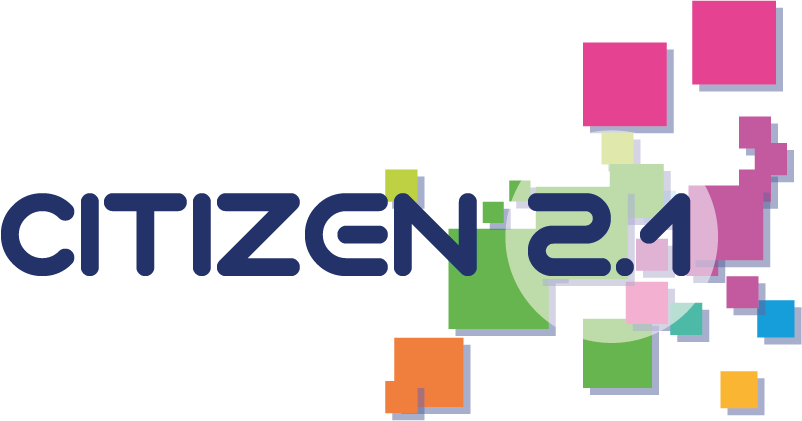National demonstrator
Virtual simulation tools

The presentation of this project was proposed by Handwerkskammer der Pfalz at the international meeting in Kaiserslautern in April 2021.
Description
The Handwerkskammer der Pfalz maintains its own vocational training centres (so-called Berufsbildungs-und Technologiezentren), whose courses complement in-company vocational training and ensure a high quality of learning. Apprentices regularly spend several weeks of their apprenticeship there. The centres ensure the application and standardisation of the skills practised in the specialist companies.
As part of the courses, the trainers offer the trainees the opportunity to work on fictitious customer orders in order to practice practical techniques and machine operations. The centres offer virtual simulation tools to prepare apprentices:
- The use of virtual welding simulation tools in metalworking workshops;
- The use of virtual reality games to practice the disassembly and reassembly of car parts;
- The use of a bodywork painting simulator.
The virtual simulations help to prepare for practical activities by familiarising and practising appropriate postures and handling techniques. In addition, what has been learned can be transferred to the practical work. In addition, it is possible to create isolated training units using simulation that focus on learning specific postures and handling techniques.

Points of interest
-
Virtual simulation meets the digital interests of the young generation (“digital natives”). Indeed, apprentices show a great interest in virtual training;
-
Virtual simulation can be based on gamification mechanisms, likely to encourage the interest and motivation of learners;
-
Virtual simulation gives an objective report on professional posture and skills. The recording of learners’ activities in the virtual simulation allows immediate and visualised feedback on their posture and handling techniques. This allows them to analyse and understand their progress. It therefore allows a detailed reflection on their individual learning process and to guide them effectively in their learning;
-
The simulation tools allow a reduction in the material cost of the training units (for example: less cost in painting consumables thanks to the virtual painting simulation);
-
The virtual simulation is a protected space where learners can experiment with basic procedures while avoiding dangers and risks (e.g. breaking car parts or destroying tools/machines);
-
Training becomes reproductible;
-
Higher number of training pieces is possible;
-
More training units are possible.
Points of vigilance
- Virtual simulation should not be a substitute for “real” practical work and should be considered as preparation in a “protected” environment;
- There are differences with reality (very small, but existing);
- Simulation tools require a high budgetary investment;
- Technical problems;
- The training of the trainer required is important.
Project leader
Contact and/or website:
www.hwk-pfalz.de
Themes
This demonstrator falls into the following categories:
